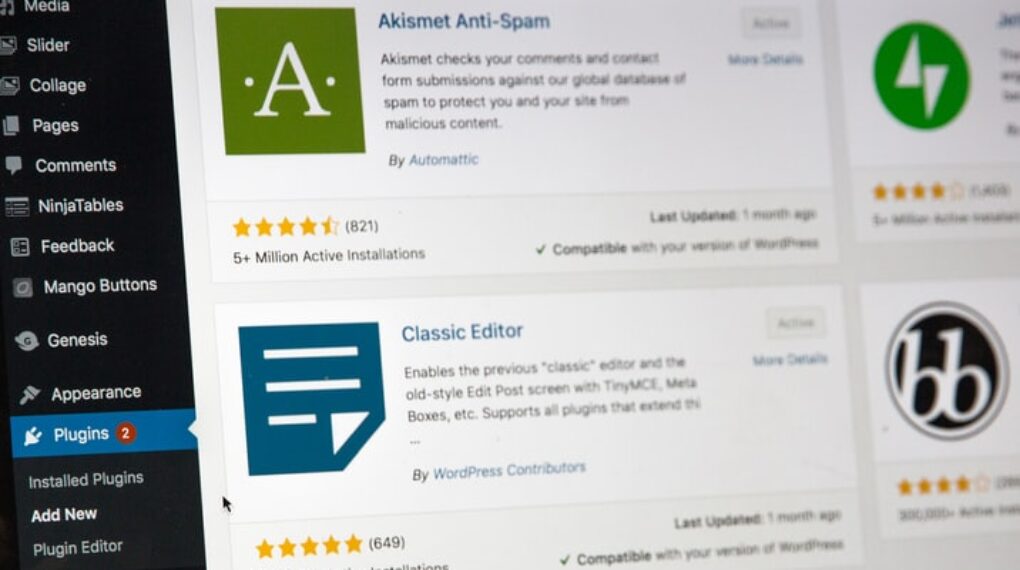
Having watched the pandemic unfold and seen conspiracy theories spread like… well, a virus, I’ve come to accept that we have gone through a collective divorce with factual truth. Reality has been shaky as is, but now there’s no guarantee whatever you think is happening with just about any big or small aspect of your life is not a lie.
See, read and hear the same statement over and over again and no matter how wrong you initially think it is, you’ll start to believe it eventually. Because your environment has reaffirmed it so many times. This is the same process taking shape online.
It creates a problem for me, and I imagine many of you.
I don’t want to be caught out for sharing misinformation. I don’t want to be manipulated by false news articles that make me perform actions I wouldn’t under normal circumstances. Honestly, I don’t have infinite space in my mind to learn things, so I definitely don’t want to soak up wrong facts. Or use false information in my own work.
It is important to follow relevant and trusted media

It’s not controversial to say that we live in a post-truth world. We’ve lost the battle on fake news, even though it’s just begun. In 2016, post-truth even received the honor of being the Word of the Year, which is doubly disconcerting since the term itself has existed for a short time before it broke into mainstream discourse. Five years later and the phenomenon continues to exist. We can see it happen in real life with the doctoring of facts over time – usually in a political context.
Work has been done with AI and machine learning to counter misinformation, but that’s a murky business. As users, it’s all on us to do better and research before we post or use content in our work but most importantly believe in it because it can warp our understanding of reality.
How to find the best on the web?
Follow trusted influencers and bloggers

My first rule when it comes to sourcing content whether that’s for research for a job project or just as an informed consumer is to know where the content comes from. I don’t have a spectacular track record when it comes to discerning false information whether as news or science writing.
That last one is a definite pitfall because reporters often would take scientific information from a study and add a little bit too much color. The same can apply to people who share articles left and right without much filtering in place to weed out the incorrect pieces.
Know the person sharing. Are they someone with knowledge on the subject or are they just some person out there who shared the article based on the title alone? Do they have a good reputation? Have they been involved with spreading false information? One of the biggest content mills out there – 5-Minute Crafts – is notorious for doctoring tutorials that are not just ineffective but also dangerous. The same vetting process should be applied to sites as well.
Check large news websites

For some, the news begins and ends with politics, natural disasters, immigration issues, and for the past 18 months, the pandemic. Nevertheless, depending on interests and careers, big news sites of the caliber of The New York Times and The Wall Street Journal have much to offer across other topics – arts, film, science, technology.
If there’s anything that needs sharing in the first place, you can assume that news sites are going to be the first to break the news. This also goes for professions in a niche industry. There’s bound to be that one publication, which delivers useful and relevant content aligned with your interests.
Use an RSS feed reader
RSS feed readers are specifically designed to deliver content to their users. In the past, this had to be content selected by the user themselves, but the advanced RSS readers of the day are designed for this purpose as well. Whether it’s the ability for search or discovery, there’s an option to find high-quality content without going through the whole dance with Google, which honestly already has tailored its results based on your Internet activity.
Inoreader has one of the best discovery tools on the market. The RSS reader displays the top feeds across 50 topics that are as broad or as specific as you need and capture the interest from finance to arts and science. These feeds are ordered by subscriber numbers, which also gives you a level of security that the content is trustworthy. In addition, Inoreader equips users with an extension for Chrome with added features.
Pay attention to popular posts and accounts
Going straight to the source checks two boxes – relevance and timeliness. You also need to have that third special ingredient when on the hunt for new content. Virality. What is your community excited about? What is trending on Twitter? What’s the article passed around on LinkedIn for days upon days? What’s the picture or video being shared and turned into memes on Instagram? Keep your eyes peeled on the intense conversations happening right now.
You can find this out through simple observation of your timelines, but social media platforms are keen on generating engagement so they’ll point it out to you through trending sections.
Always double-check the information
We circle back to the element of trustworthiness. It seems as though it’s impossible to walk a few steps without having to fact-check our reality, but here we are. Sadly, as long as we exist on the Internet, we’ll encounter false information. Today, quality and value equal truth. So how does one even go about double-checking the information?
If you’ve encountered a sensationalist headline from an unknown-to-you newspaper or magazine, then best turn towards the big news organizations and newspapers to compare notes. Don’t see the same headline? Then you’re probably looking at a piece of fake news.
Additionally, there are entire guides posted online that teach you the fundamental philosophy and approach to verifying information. Helping you along the way are tools like Fact Check Explorer and Snopes.
read Also:






